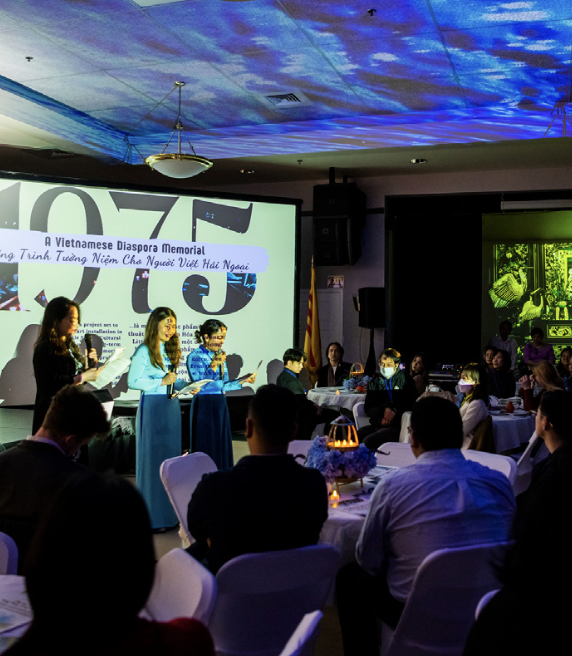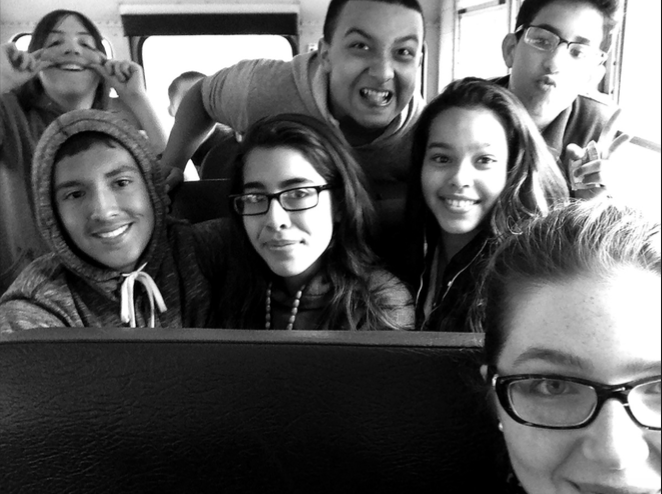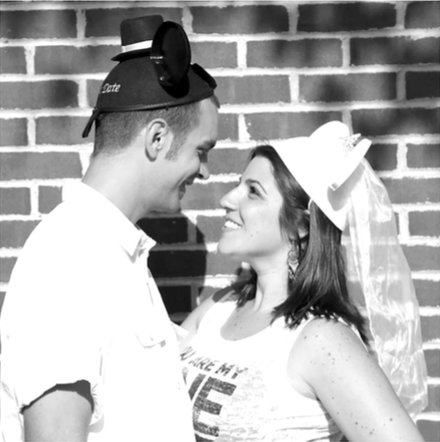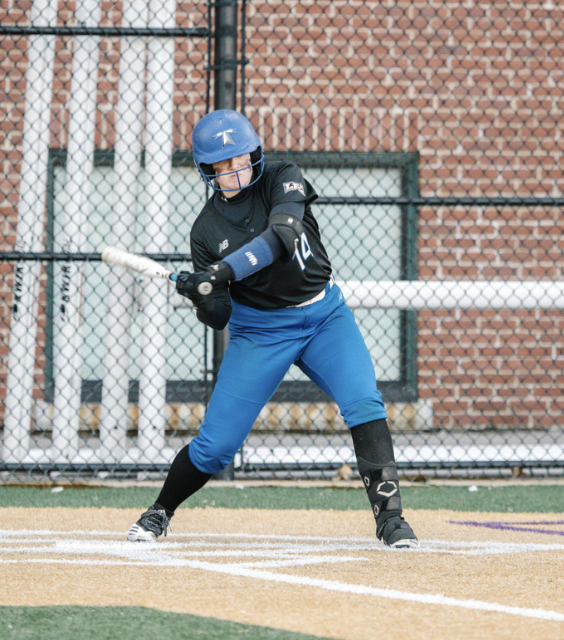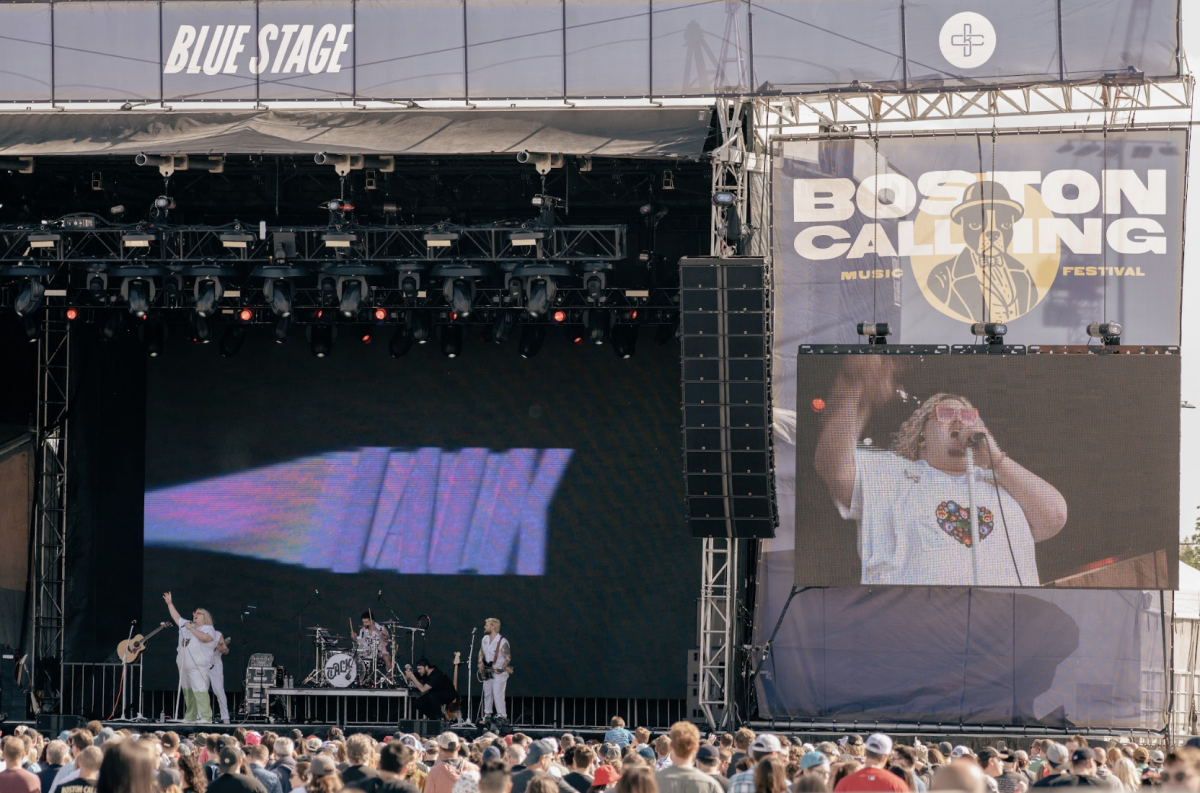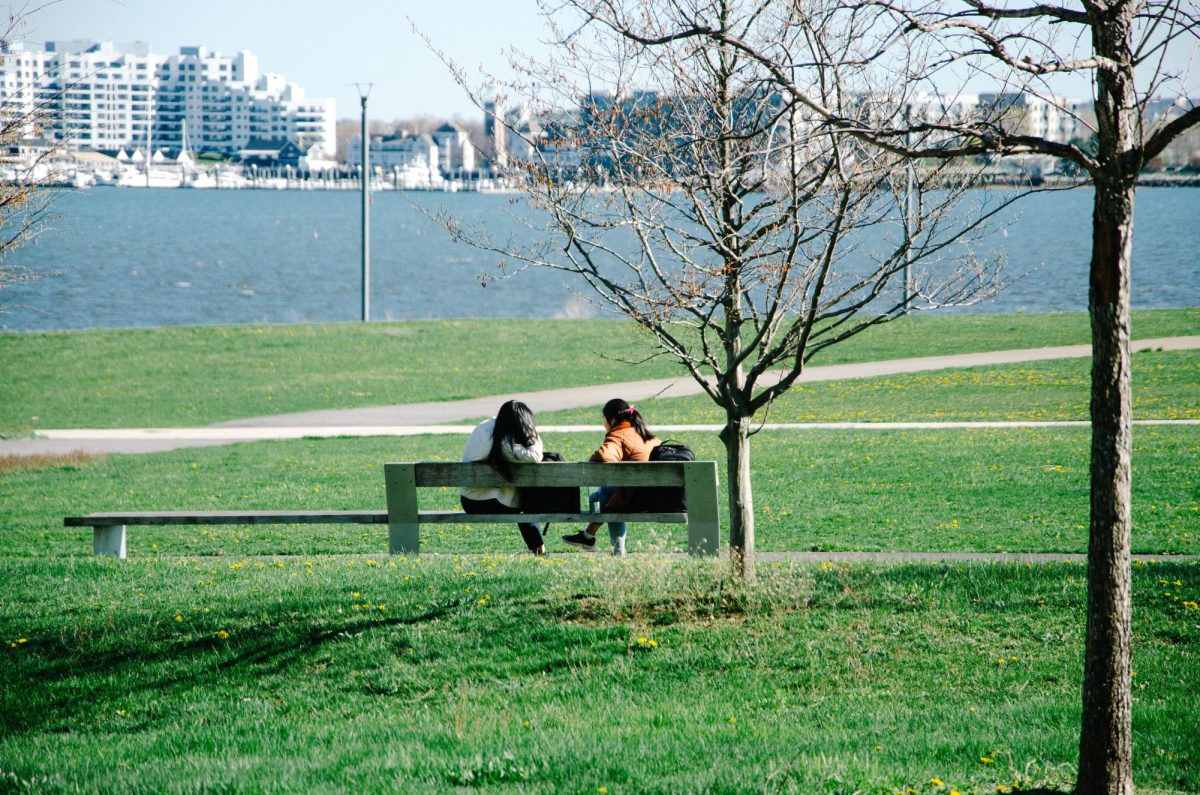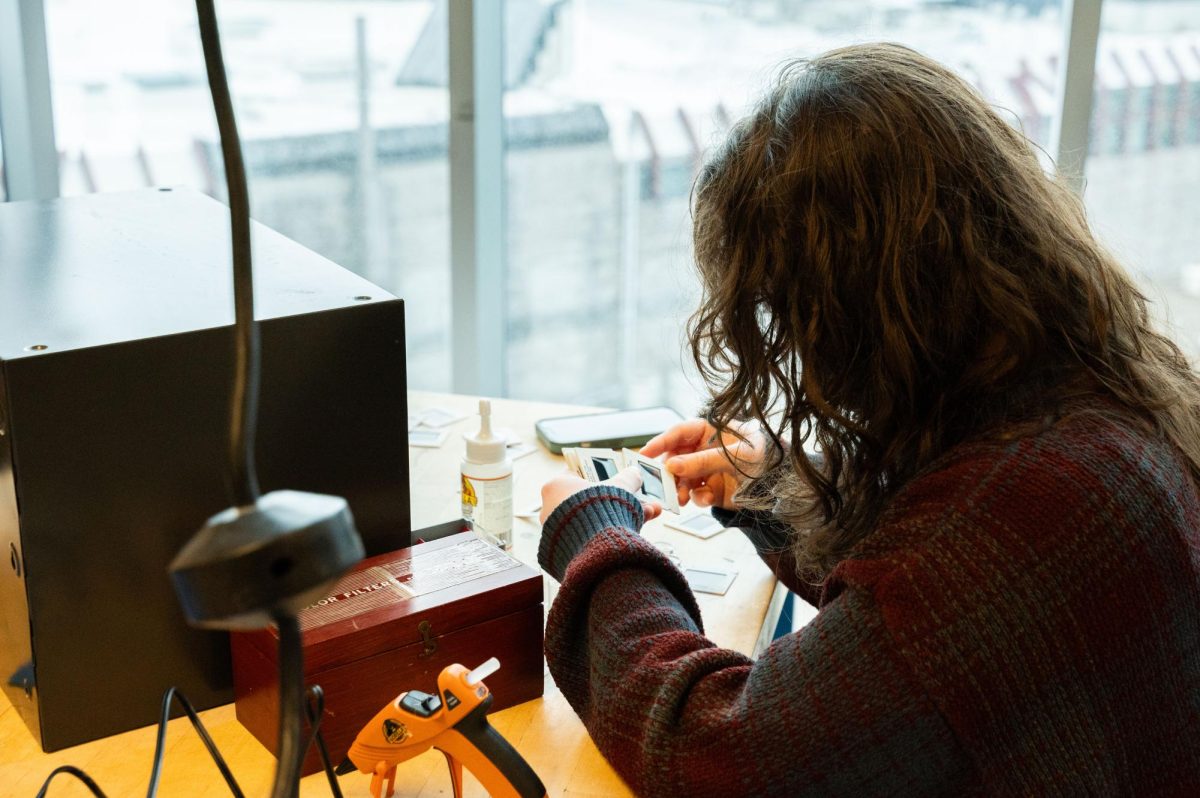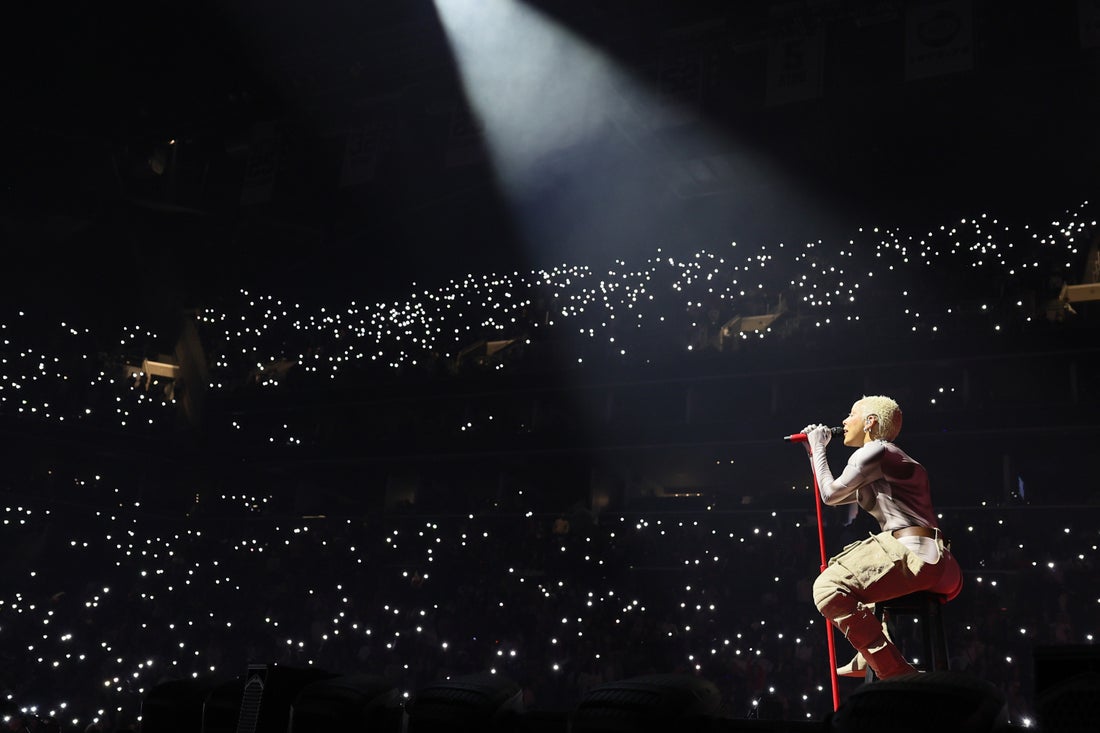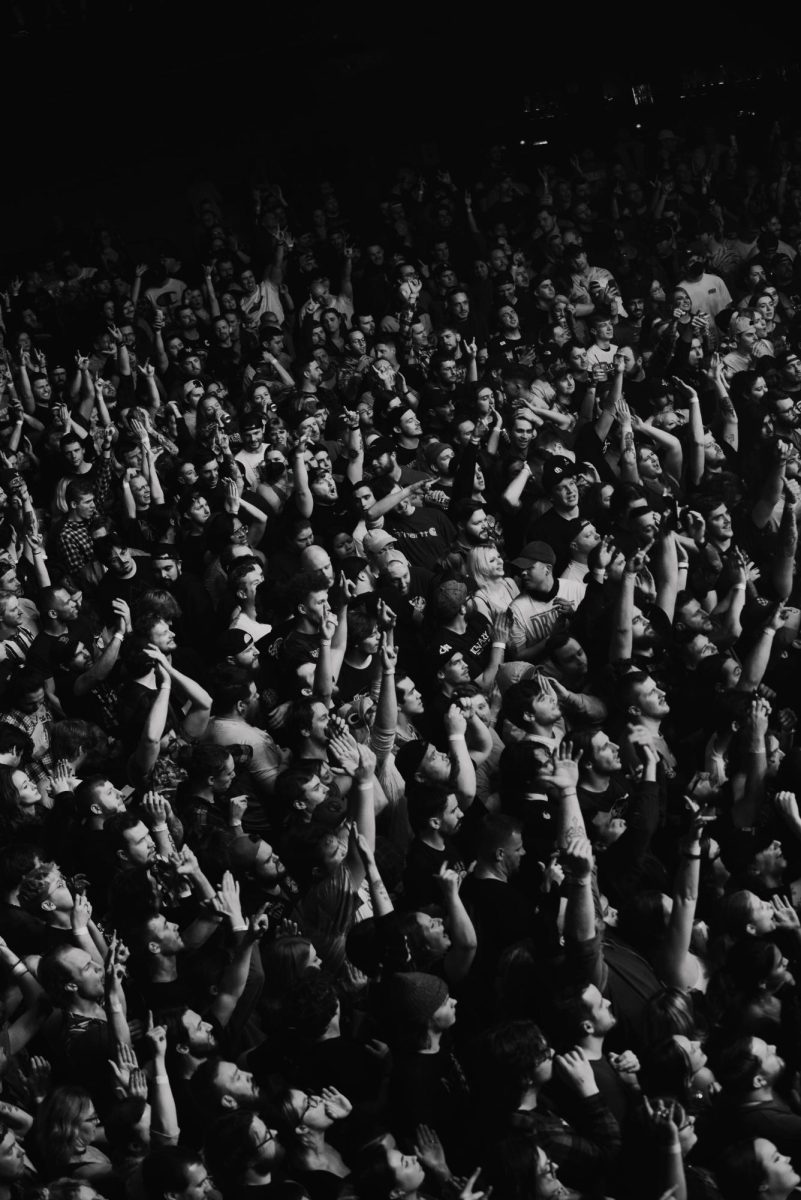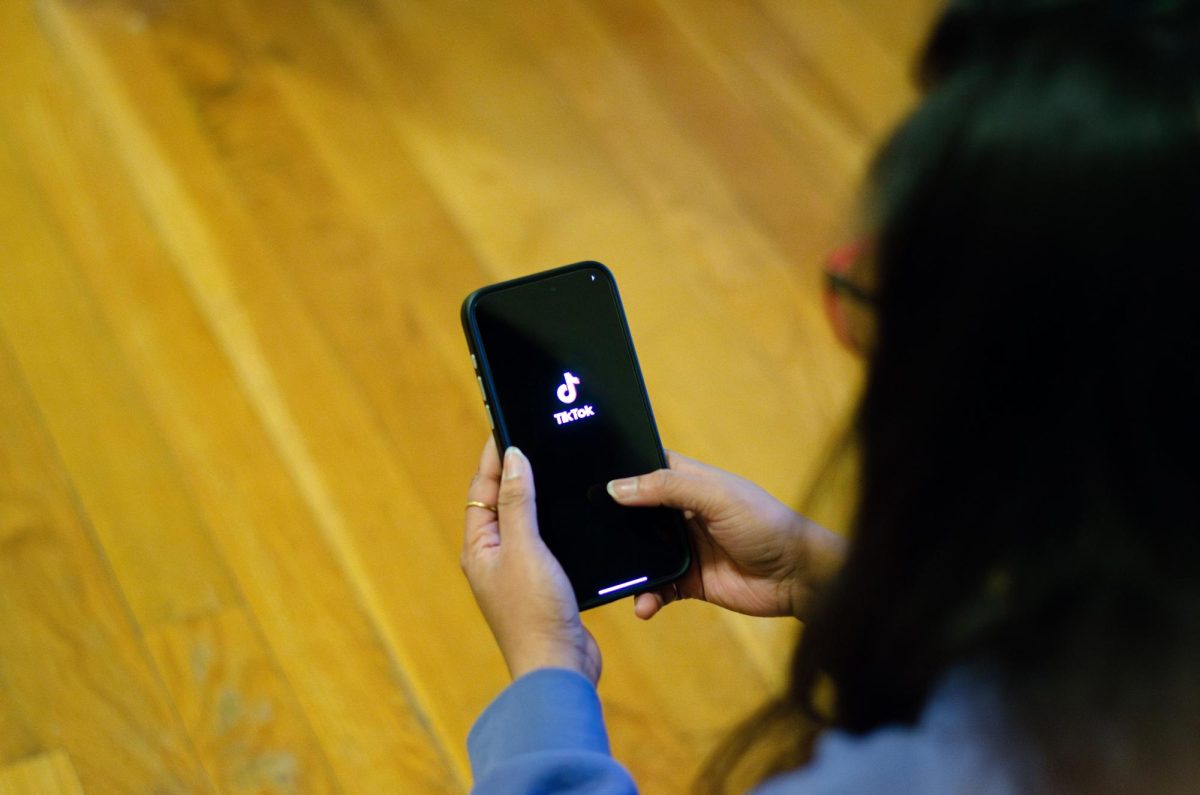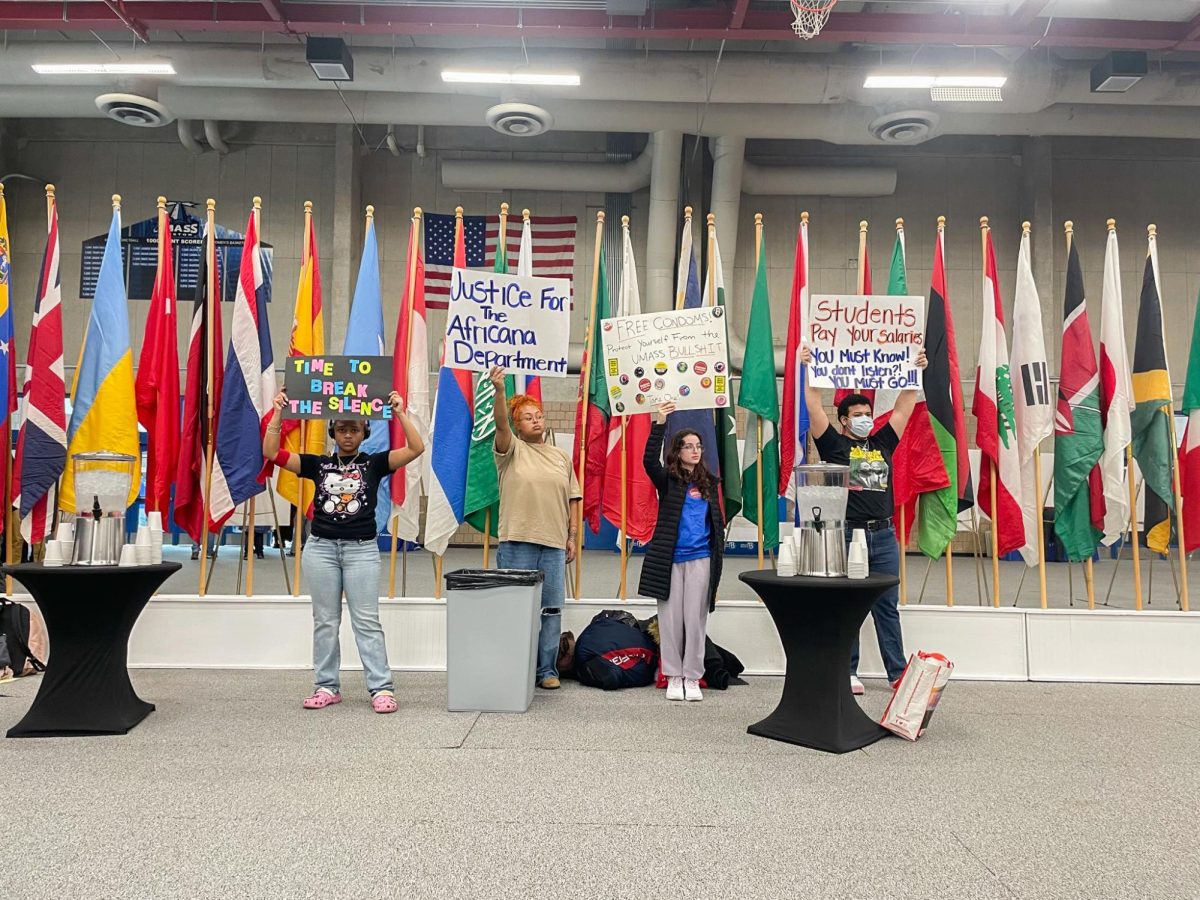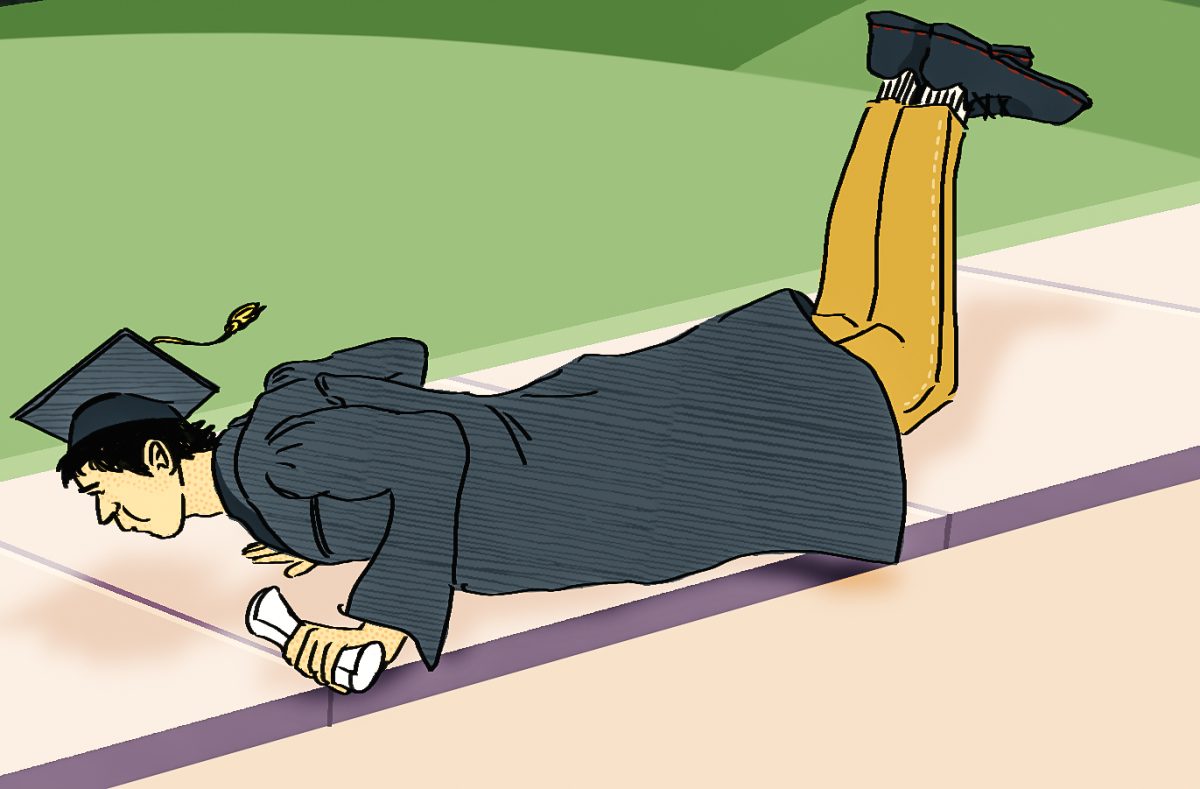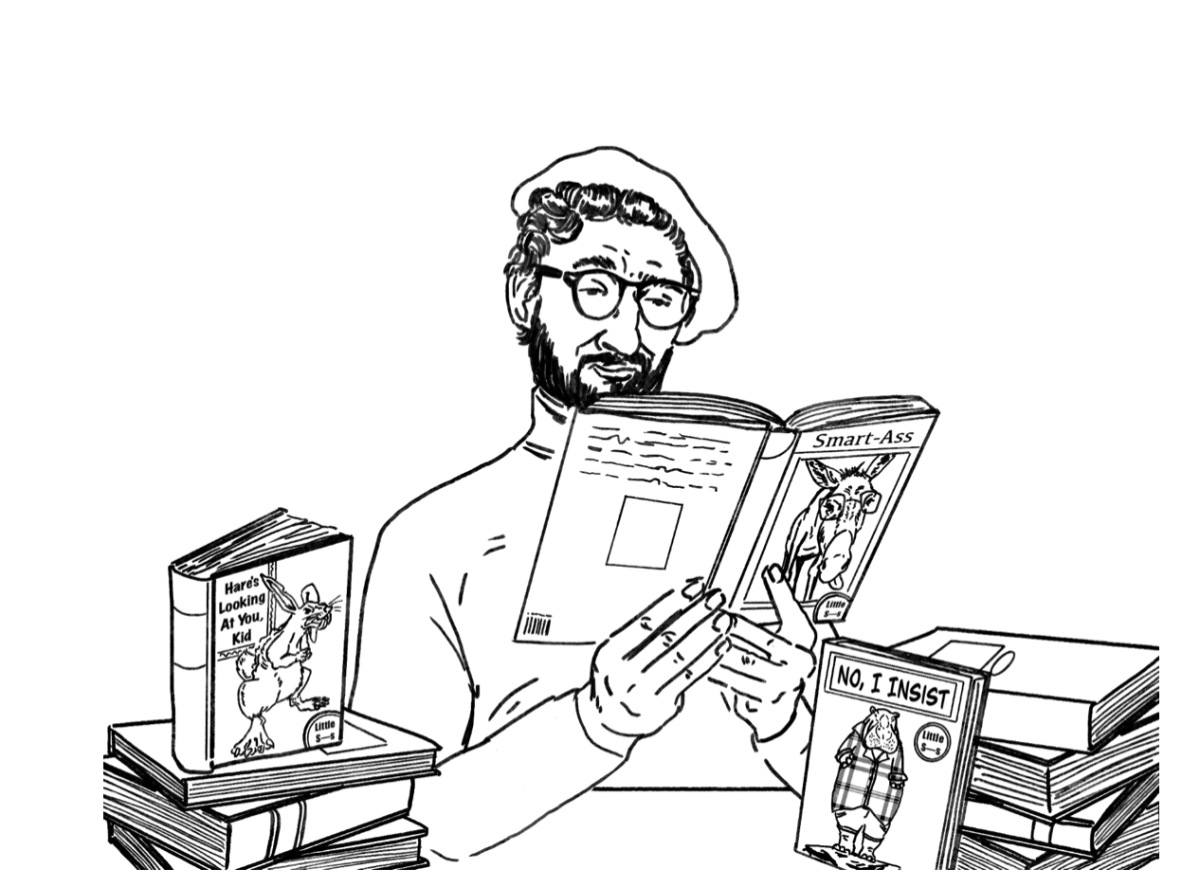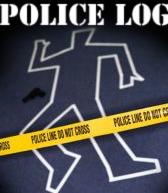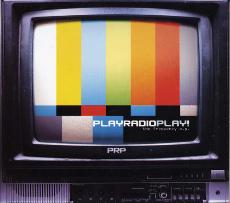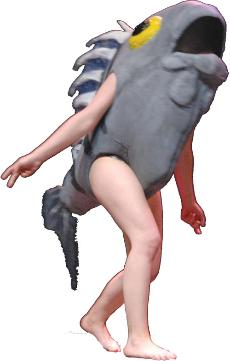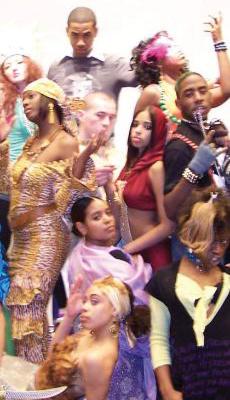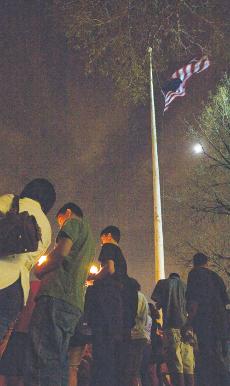Artists of the Night
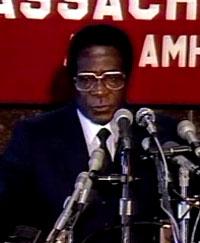
Mugabe at UMass in 1986
March 5, 2007
February 9 at 1:45 a.m. A Friday night. Five men are arrested driving away from the Braintree station on the Red Line and charged with conspiracy to tag property. Since Jan. 17, graffiti on trains and in yards in the Boston area has increased. This, along with news of a gathering of more than 300 graffiti artists from around the world in South Boston on the 10th caused transit police to increase their patrols.
And so, at 1:45 a.m., transit police observed a red SUV leaving an isolated area of the train station. Police say the vehicle smelled of paint, the occupants had fresh paint on them and there were 39 cans of paint inside. Also in the vehicle were digital cameras and a GPS system marking local train yards that had been targeted by vandals in recent weeks. Police also allege that the paint found in the vehicle matches paint used to tag trains at Forest Hills station earlier that night.
So, are they guilty of the crimes? We live in a world of innocent until proven guilty, so until convicted at a trial we cannot say for sure. But, signs sure point to yes. In Massachusetts, being found guilty of tagging property or “intent” to deface property carry heavy consequences, up to two years in prison and a fine of up to $1,500 or three times the damage, whichever amount is more. It is also possible that the offenders could lose their driver licenses for one year and be forced to pay for the cleanup. The question is, are these men criminals, artists or both?
Let’s have a look at graffiti. The word “graffiti” is derived from the Italian word “graffiato,” meaning scratched. This comes from the fact that ancient graffiti artists used to scratch their work into walls using sharp objects. The first examples of graffiti were found in ancient Rome and Greece, including caricatures of local politicians. Graffiti has been around almost as long as civilization has. Even Lord Byron signed his own name on one of the columns of the Temple of Poseidon in Attica, Greece.
In the 1970s, graffiti began to become a more mainstream art form. Artists such as Taki 183 and Fab Five Freddy became local celebrities, with Taki 183 featured in a “New York Times” article. Tagging moved from the sides of buildings on city streets to the subways. During this time, the scale and complexity of tags grew tremendously, taking up the entire side of subway cars. The transit system began to crack down on graffiti artists and clean up the trains.
During the 1980s, police began to win the “war on tagging” as graffiti artists began to move to safer canvases, trains bound for the scrap yard. It was also in the 80s that many graffiti artists started owning their own art studiows and displaying their work in galleries across the city. Graffiti art began to become more mainstream and more widely considered art. Artists like Jean Michael Basquiat and Keith Haring who began their work as graffiti artists became celebrated personalities within the New York arts community. Both Basquiat and Haring moved on to create more accepted art, mainly transferring their visions onto canvas rather than city walls, but kept to the graffiti style.
Graffiti is often used as a memorial to those who have passed on, with elaborate murals showing up all over New York City to commemorate the deaths of rappers Big Pun, Notorious BIG and Tupac Shakur. Graffiti murals memorializing world figures such as Princess Diana and Mother Teresa also made their way onto the stark walls of the city. Graffiti became a colorful way of mourning a public death.
Over the years graffiti has gained a bad reputation, becoming linked with the gang lifestyle. Graffiti has been seen as a nuisance, criminal even. Is it? Is it criminal? Well, it’s a complicated issue.
Webster’s Dictionary defines graffiti as “usually unauthorized writing or drawing on a public surface.” So, sometimes graffiti is illegal, sure. But, does that mean that it isn’t art? Let’s just say, hypothetically of course, that Claude Monet happened to paint his “Sunset in Venice” onto the side of the palace at Versailles. Would it not be art? Yes, it would be illegal and he would be arrested if caught, but would it still be art?
Of course, it would. Art, as defined by Webster’s is “the conscious use of skill and creative imagination especially in the production of aesthetic objects.” Does graffiti require skill? Yes. Is it a product of creative imagination? Yes. Is it aesthetic? In my opinion, yes.
As far as I can see, the definition of art says nothing about its placement. Unless it is hiding somewhere behind some other text, there is no mention of its legality. I guess graffiti is art then. It fits the definition. So, case closed. Call it a nuisance if you want. Rant and rave the legality of it all, but don’t go telling me that it is not art, that it is not an expression of someone’s soul through a creative medium. After all, isn’t that what art is?


